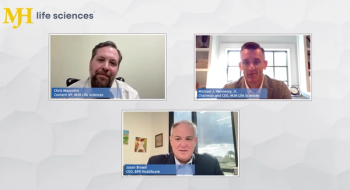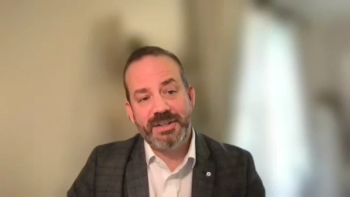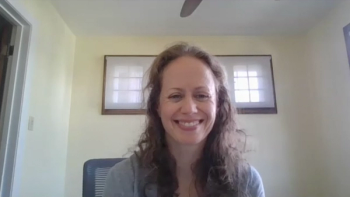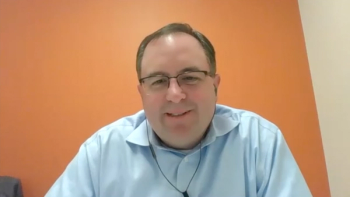
Shiela Sahni and John Nosta: Controlling the Message in Healthcare
Healthcare messaging used to be controlled in a hierarchical, top-down manner. The internet changed that.
Changes in how we communicate have left healthcare facing a messaging vacuum, according to Sheila Sahni, MD, and John Nosta in
The internet gives patients more medical information than they have ever had, Sahni said, which can be a headache for clinicians.
“Google is not necessarily an unreliable source, but we can't account for what they're reading and if it's validated, if it's something that we would suggest,” she said. “We can’t have a physician sift through the data and say ‘this is valid’ and ‘this is invalid,’ or ‘this study was conducted correctly with the right amount of patients…’”
As a result, she encourages doctors to engage on social media. “If we don't own the digital space, someone's going to own it for us,” she said.
Nosta agreed, acknowledging how much the internet had changed the dynamics. Healthcare messaging used to be controlled in a hierarchical, top-down manner, he said. Both on the pharma side and the clinician side that no longer exists, but that is not necessarily a bad thing. Instead, he sees medical advice and recommendations being developed in a more collaborative way.
“Just as the pharmaceutical company can collaborate with the clinician to educate, engage, and build a two-way dialogue, that same dynamic is happening between caregivers and patients,” Nosta said. “If you work together to a common goal, it changes the dynamic from the ground up.”
Sahni is an interventional cardiologist, and Nosta is president of Nostalab and a health advisor to Google. They spoke together at the Digital Pharma East meeting in Philadelphia.




